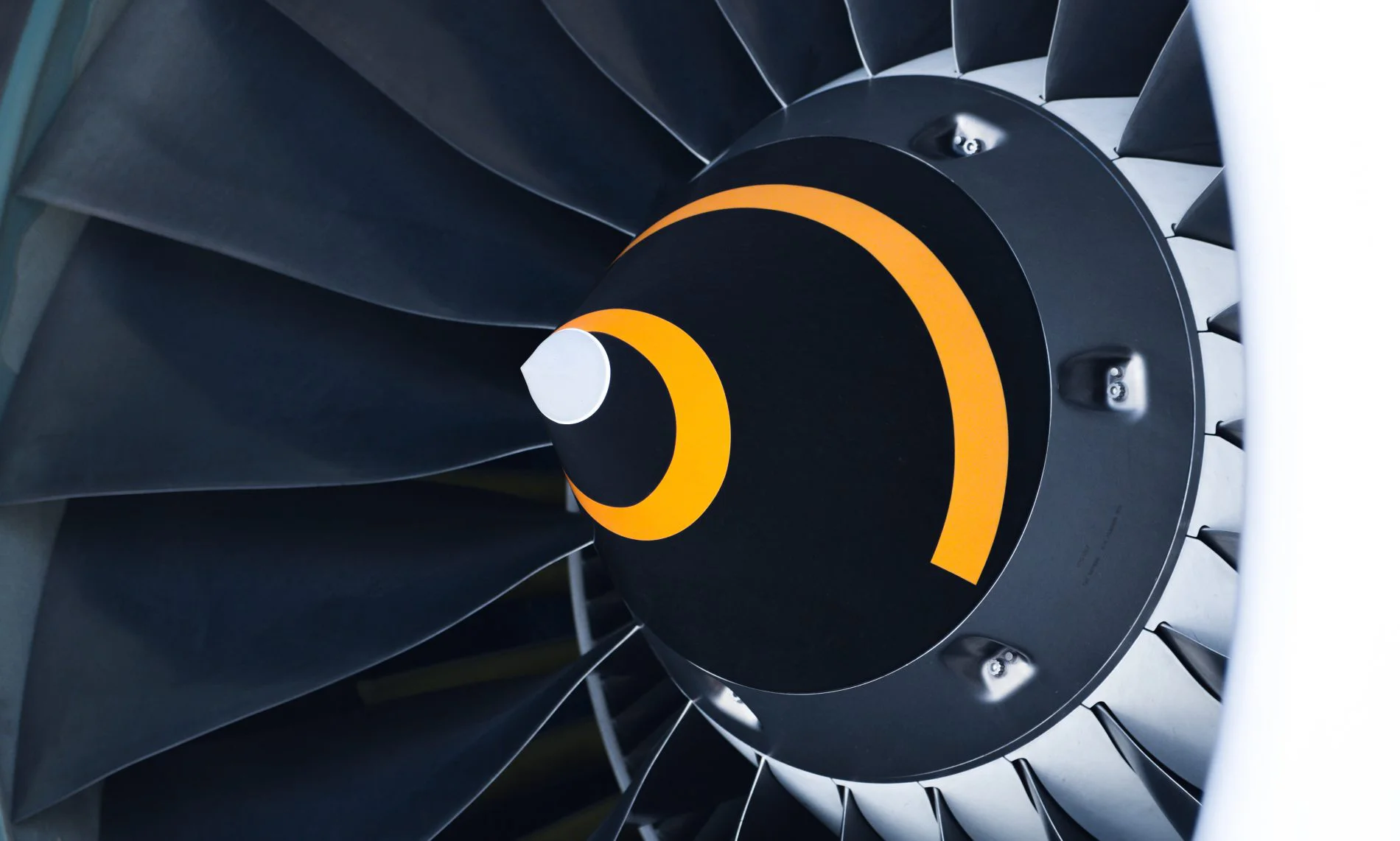In 1966, I left a remote desert village in India, with my mom, on a camel. A few weeks later, we were on our first 747 aircraft to London. That was 53 years and 38 countries ago. That one experience made all the difference in opportunities available to me. Now, instead of being a merchant in a small one-room store in a desert village, I’m the founder of a company designing a cutting-edge, next generation aircraft: a supersonic jet.
That is what transportation does for people. It connects them. Gives them opportunity and changes how they think as well as what they pursue. Safe, reliable, rapid transportation has transformed the world and dramatically increased the standard of living around the globe though investments and opportunities. It makes the world smaller and easier to access.
Supersonic flight makes the world even smaller and faster to access. It increases opportunities for passengers to experience the world, to manage their global operations, to explore investments, or enjoy and learn a different culture.

When the Concorde first flew, individuals and businesses expected that supersonic flight would expand to cover the world, not just London or Paris to New York. But that didn’t happen — instead, we haven’t seen any supersonic flights for almost 20 years. Why?
The Concorde was developed in the early 1960s, on draft paper when calculations were done with slide rules. Gasoline was only $0.25 per gallon. In many ways, a very beautiful and elegant aircraft designed in a very different era, one that was well ahead of its time – but perhaps not so considerate of the environment or communities.
It flew until 2003 between Paris and London to New York. It burned a lot of fuel and created a lot of emissions due to four inefficient military engines. It also made a lot of noise on take-off and created a loud sonic boom as it flew overhead. Nobody wants to see a return of that type of aircraft. In fact, the UN, ICAO and FAA are all very actively developing rules, requirements and standards for any future aircraft – supersonic or subsonic.

For supersonic flight to really have global impact and acceptance, it must be done in a sustainable and responsible way. I’ve always believed that in order to be successful in advancing transportation, or any technology for that matter, we need to ensure that the technology does not adversely impact the environment or the communities in which they operate.
Spike Aerospace’s vision is to responsibly reintroduce supersonic flight with the Spike S-512 Quiet Supersonic Jet. This is a luxurious 18 passenger aircraft that will cut flight times in half — at a price that is very competitive with business class tickets. That means flights from Abu Dhabi to anywhere in Asia, Africa, or Europe are less than four hours, from NYC to London is just over 3 hours and from London to Hong Kong is about 6 hours.
But the time savings, while significant, is only part of the value. I think of supersonic flight, and the S-512, as relationship builders. It is the opportunity to travel more easily and connect with people, suppliers, partners, customers, investors, policy makers, friends and loved ones. You can take a flight from London to Abu Dhabi in the morning, have a meeting and be back in time for dinner. I could visit this region every month if the flight is only six hours, instead of every 3 months because of the mind-numbing 12-hour flight from Boston.
The Spike S-512 is being designed with digital engineering tools that were not available when the Concorde was designed 60 years ago. These tools enable our engineers to rapidly iterate and improve the aerodynamics of the aircraft to reduce the sonic boom, maximize efficiency, reduce fuel burn and emissions. In addition, we are utilizing the most advanced engines which further reduce emissions, and composite materials to reduce the weight of the aircraft.
What is truly unique about the aircraft is its aerodynamic design – a very slender, long fuselage with a highly swept wing. This design results in a very low sonic-boom which will allow it to fly overland without creating a loud, disturbing noise. That sonic boom not only disrupts dinner time, but it has the potential to impact migratory patterns for birds, animals, and even marine life. Sonic booms can damage fragile historic buildings and cause avalanches. Spike is sensitive to these concerns and has spent significant engineering design effort to minimize the sonic boom to a soft thump as it flies overhead.
Initially, tickets on supersonic flights are likely to be similar to business class tickets. But the goal is to make supersonic flight available to everyone and to perhaps make it even cheaper than current flights. Just as prices for flat-screen TVs and cell phones came down over time, fares on supersonic aircraft will also come down. That is what makes supersonic flight so exciting.
What does supersonic flight mean for Abu Dhabi? For personal travel, faster flight means more tourism to Abu Dhabi to explore its rich history and culture. It is also an opportunity for Emiratis to reach more of the world. For businesses, supersonic flight is the ability to meet with customers and suppliers more often to build better relationships. For international relations, supersonic flights mean greater involvement in diplomacy and world affairs.

Travelers will be flying on aircraft like the Spike S-512 Quiet Supersonic Jet by 2025 and reaching destinations around the world in half the time it currently takes. In other words, in just a few years you will be able to step onto a new generation of aircraft that will connect you to the world faster, quieter, and more efficiently than ever before. This will transform not only the aviation industry, but business, diplomacy, cultural exchange, and our connection to families and friends forever.





